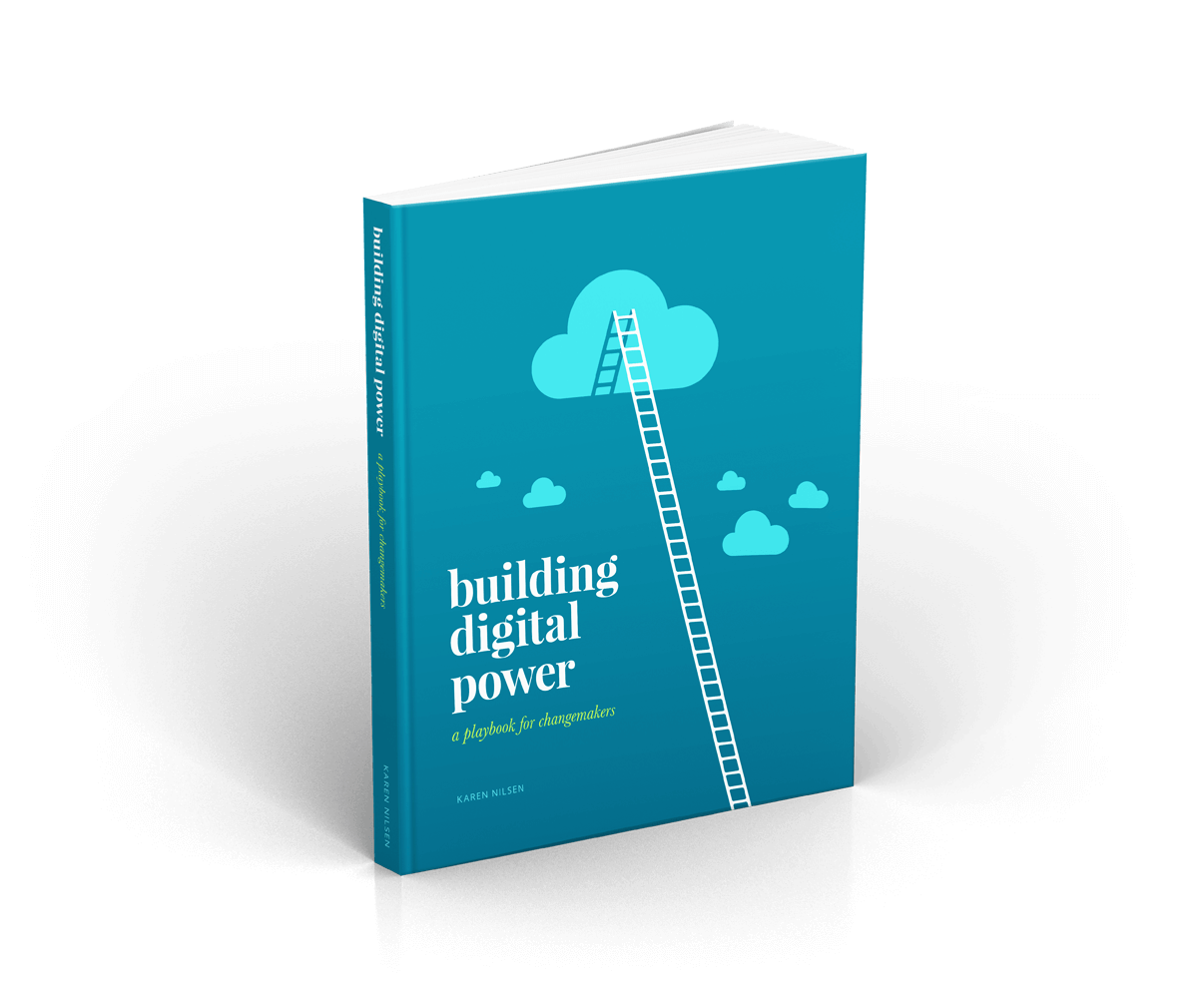A Beginner’s Guide to Automated Supporter Journeys
What if you could say the right thing, to the right person, at the right time (while you sleep)?
The future of communications is increasingly personalized. Segmentation, profiling, and pipelines are critical building blocks of any current e-comms strategy. But there’s a limit to how far you can tailor communication before managing it manually becomes unsustainable. As your list grows and more of your supporters find their way into your pipelines, you may find yourself needing a small army to oversee content delivery. At scale, it becomes impossible to manually deliver all the right messages to all the right people at all the right times.
Imagine if you could teach your e-comms system to do this for you... That’s the idea behind automated supporter journeys, also known as marketing automation.
Automation lets you scale a personalized communication strategy
Imagine not only tailoring the content of your communication—but also tailoring its timing to meet individual supporters’ needs. Then imagine in-built decision-making smarts that can guide each supporter down different pre-defined pathways, depending on their reactions to different content.
Automated supporter journeys could enable you to:
- Invite your supporter to start a birthday donation registry a month prior to their birthday.
- Send a personalized e-card or SMS to supporters on their actual birthday.
- Manage a welcome journey for each new donor, including personalized emails, SMS messages, and postal items.
- Automate friendly membership renewal prompts and credit card expiry notices, and alert your team when un-responsive donors require follow-up phone calls.
- Send upgrade requests to monthly donors at the optimum moment in their donor journey.
- Deliver all manner of tailored email series that can: on-board or train new activists; chase non-converting donors; support those making dietary pledges (e.g. recipes, education, encouragement), etc.
Automation takes the ‘hard labour’ out of your communications strategy so that you can focus more on being the ‘architect’. It does this by reducing dependency on large-scale singular ‘bursts’ and shifting focus to pre-mapped pathways that can nurture the entire supporter relationship.
Journey automation won’t replace time-sensitive broadcast communication; it compliments it by nurturing the supporter pipelines that help fuel your organization’s mission.
Automate the full supporter experience
The most frequent mode of personalized communication is email. Many email broadcast systems enable you to create email series to meet this basic need. Holistic journey systems complete this picture by integrating other modes like SMS, social media, outbound phone calls, and postal items.
Triggers
Think of ‘triggers’ as the ‘entry points’ to your automated journeys. Triggers pull supporters into journeys in three ways:
- Automatic triggers: Segments are created on-the-fly based on pre-defined conditions. They monitor profile and time-sensitive activity data to identify supporter milestones. For example: today is a supporter’s birthday; today is one month after a supporter made their first (and only) donation; today is 30 days after a supporter made a 30 day veg pledge; etc.
- Activity-based triggers: Supporters are fed into specific automated journeys when they engage in a specific action. For example: first donation made; specific petition / pledge / advocacy signed; list joined; etc.
- Manual triggers: Individual supporters or segments of supporters are manually fed into specific automated journeys (by admin).
Keep learning.
Free eBookAutomated decision-making
Trusting a computer to process a chain of sensitive communication touchpoints would be easy if every supporter reacted the same way to every step of every journey. But of course, they don’t. Keen supporters will convert after a single prompt. Others need more encouragement. Some will ignore your messages entirely.
A smart journey system should be able to adapt to individual supporter behavior.
By querying profile and activity data, automated decision-making can identify when to exit a journey or change course. For example, if a supporter fails to open a critical email, you might schedule for them to receive a follow-up chaser. Or, if someone signs up to be a monthly donor half-way through a monthly donor conversion journey, you’ll want to ensure they instantly stop receiving scheduled asks.
Conflict management
If you place email scheduling in the hands of a machine, you’d better teach it some manners, first. One of the biggest risks of journey automation is that some supporters will find their way into multiple journeys—or journeys with redundant or incompatible goals—and be sent a series of inappropriate messages that a human would never choose to schedule.
Automated systems need conflict management protocols to prevent scenarios like:
- The supporter who is led into the same journey more than once, and receives identical copies of ‘personalized’ emails at different times.
- The keen supporter who engages in a string of online actions—all triggering different journeys—resulting in an overwhelming volume of subsequent correspondence.
- The supporter who finds their way into two different fundraising journeys with different end-goals: one to secure a one-off donation, and the other to upgrade to a monthly pledge. They receive mixed messages and an ask frequency that is too high.
By defining email volume limits, assigning journey priorities, and conflict resolution settings, these traps can be avoided.
Technologies
- Animals Australia invested in a custom journey system in order to integrate it with our existing technologies. This won’t be an ideal option for every organization, however.
- Email broadcast systems commonly bundle with the ability to create basic email series (like ‘welcome’ journeys). But their automated decision-making, conflict management, and integration modes are limited.
- Commercial CRMs are increasingly entering the automation market. The more supporters you manage, the more you’ll pay. PC Mag test drove ten paid marketing automation services. Check out their review.
Was this tip useful?


Get a free weekly digital strategy tip:
Unsubscribe any time. We respect your data. View the privacy policy.
Like this tip? Share it!






